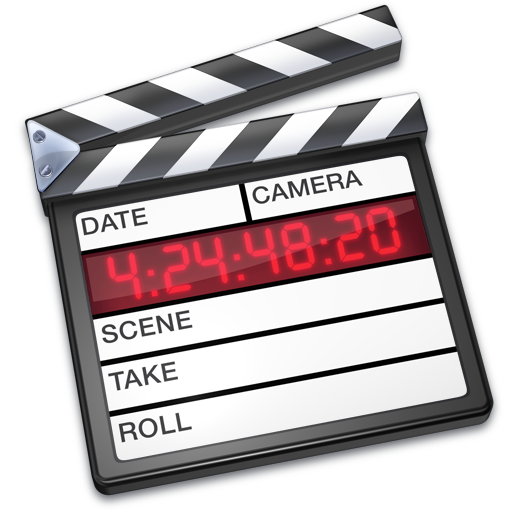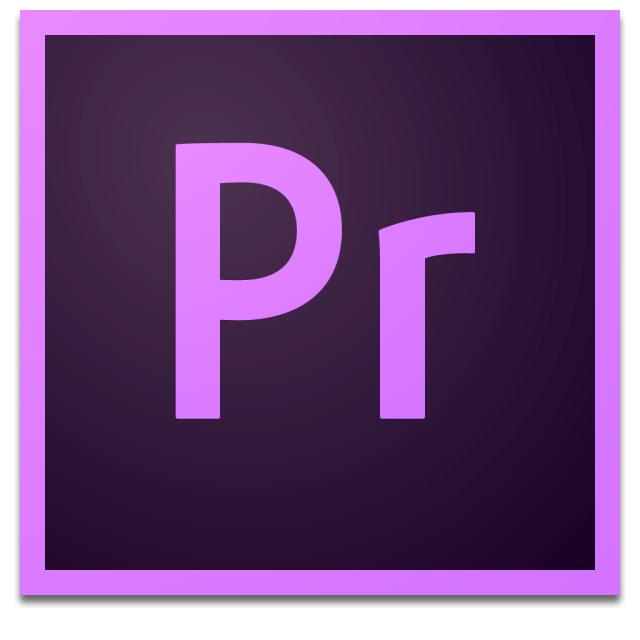Editing
When look at editing techniques I could use on my film I
came across an article by the BBC, which just gives you some nice tips for
editing. The link to the article is below:
One of there tips is be organised which I think is very
important because if your organised it will just make the own editing process a
lot easier. There next tip then goes onto say how don’t make your video seem
like its from MTV were they endlessly keep flickering between scenes instead
take your time this links to what the expert tip from Oscar winning editor Anne
V Coates which said; "I don't like when it's
so quick you don't see what's happening. What's the point in having the
shot?" This pretty simply means cut your shot but don’t over cut and trust
your shots. One other there other tips I
like is experiment I like this because with experimenting you can go wrong but
sometime you can just make something which does not follow your story board but
is a lot better.
Below is another link to a second site I found which gives
me 12 tips for editing however I have quoted the ones most relative to my film
below.
“Cut tight – The best
editing approach is to cut tight scenes without becoming too “cutty”. This
means taking out unnecessary pauses between actors’ delivery of dialogue
lines.”
As the film is
only going to be 5 minutes this is a very important tip because you don’t want to waste time and that’s just
what unnecessary pauses are.
“Don’t cut back to the
exact same angle – If you have a choice of several camera
angles, don’t automatically cut back to the same camera angle or take that you
just used in the previous shot. This is, of course, unavoidable in a dialogue
scene with only two angles and one take of each; but, if the director shot
different takes with different framing, try to use a little of all of them.
Don’t get stuck in a cutting rut, like master/single/reverse,
master/single/reverse, etc. Mix it up.”
This technique is something I will need to considered
because with a physiological thriller it is very boring if you stay with one
shot which I have found in servile films in this genre and by doing more shots
but at different angles will just make my short film more appealing.
 With IMovie I know how it works but it does not give a professional finished product and
for this reason when it comes to the editing of the film I will not be using
it.
With IMovie I know how it works but it does not give a professional finished product and
for this reason when it comes to the editing of the film I will not be using
it.
 After Effects is a good program to use for making original titles and creating CGI special effects, we will probably use this for our title and logos and maybe some CGI in the animation scene.
After Effects is a good program to use for making original titles and creating CGI special effects, we will probably use this for our title and logos and maybe some CGI in the animation scene.
In terms of edit I have four main options: IMovie, Final Cut, After Effect & Premium Pro.
IMovie
 With IMovie I know how it works but it does not give a professional finished product and
for this reason when it comes to the editing of the film I will not be using
it.
With IMovie I know how it works but it does not give a professional finished product and
for this reason when it comes to the editing of the film I will not be using
it.
Final Cut
Final cut is good
software to use for film editing however it sometimes struggles to handle HD footage and takes a lot of rendering. Also it is being discontinued so maybe it is not the best choice as it is not as effective as some of the over software I have
seen.
After Effects
 After Effects is a good program to use for making original titles and creating CGI special effects, we will probably use this for our title and logos and maybe some CGI in the animation scene.
After Effects is a good program to use for making original titles and creating CGI special effects, we will probably use this for our title and logos and maybe some CGI in the animation scene.
Premium Pro
Premium Pro is similar to Final Cut but does not have as many as the issues as Final Cut. I think this is the program I need to focus on learning for our film editing as at the moment I do not know enough about how to use it.
No comments:
Post a Comment